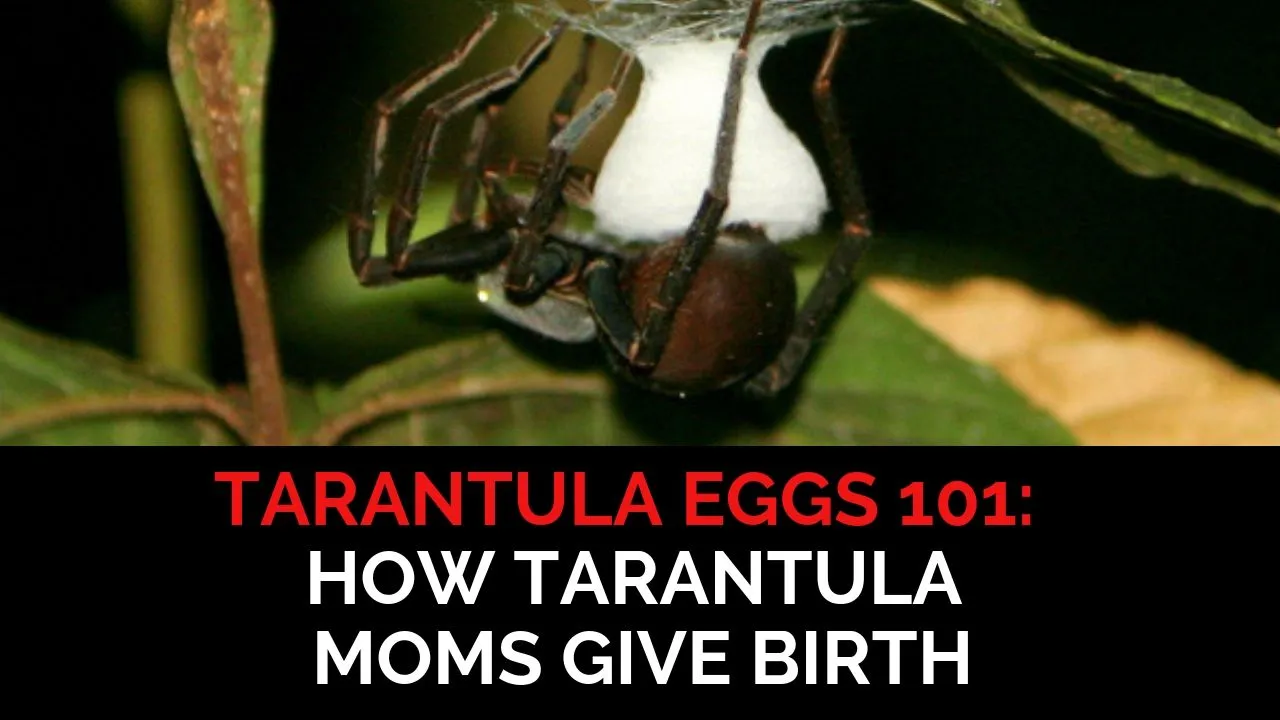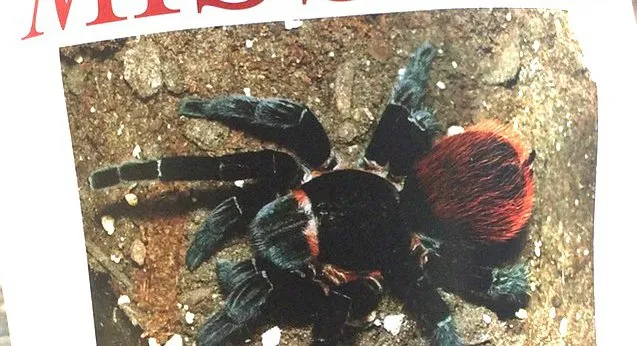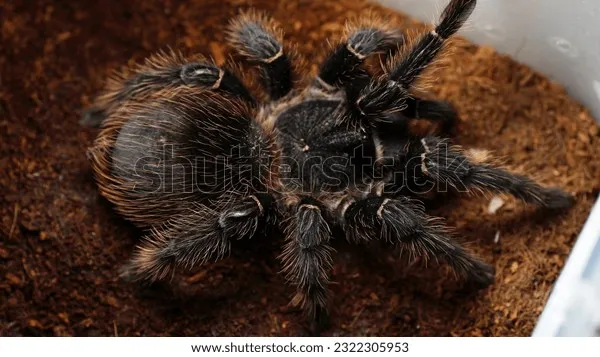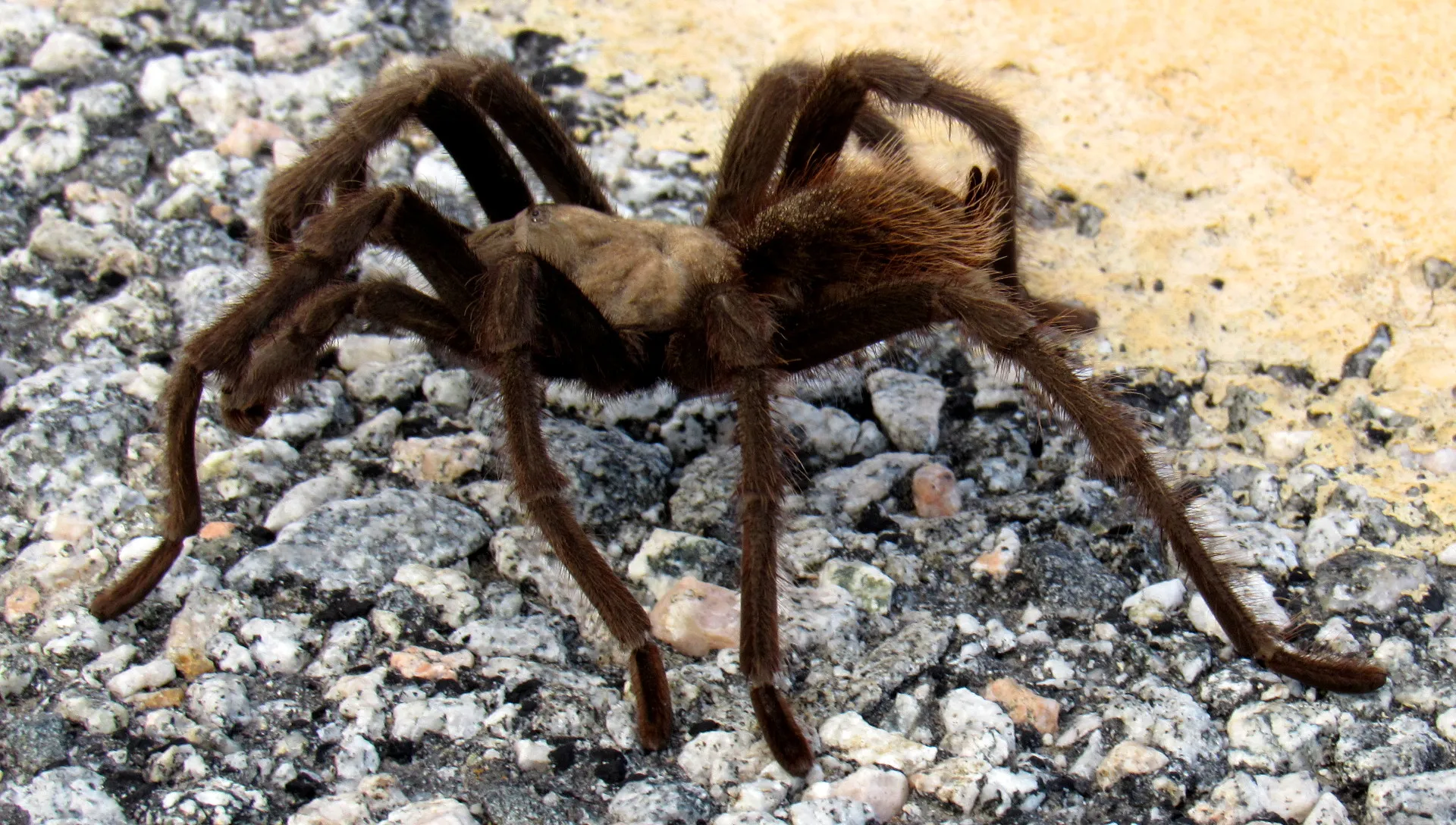Understanding Tarantula Pregnancy
Pregnancy in tarantulas, while not exactly the same as in mammals, is a fascinating process that involves mating, egg production, and careful incubation. Understanding this process is the first step in providing the best possible care for a pregnant tarantula. Unlike mammals, tarantulas do not give birth to live young; instead, the female lays eggs after internal fertilization. The entire process, from mating to the emergence of spiderlings, can take several months, requiring patience and a keen understanding of the tarantula’s needs. The female tarantula’s body undergoes several changes during this period, and her behavior shifts noticeably. This guide will provide a comprehensive look at tarantula pregnancy, helping you to become a responsible and informed caretaker.
Signs of a Pregnant Tarantula
Identifying a pregnant tarantula can be a critical aspect of her care. Several signs can indicate that a tarantula is pregnant. One of the most obvious is a change in her abdomen’s size. The abdomen, or opisthosoma, will gradually become larger and more distended as the eggs develop inside. Additionally, the tarantula’s behavior will likely shift; she might become less active, spending more time in her burrow or hiding spot. She might also exhibit an increased appetite initially, followed by a decrease as she gets closer to laying her eggs. Observing these changes will enable you to prepare and adjust your tarantula’s environment to suit her needs during this crucial time.
Changes in Behavior

Behavioral changes are often the first indicators of pregnancy in tarantulas. You might notice a pregnant tarantula becoming more reclusive and spending more time in her burrow. This retreat from the open is a natural protective instinct, as she prepares for egg-laying and the subsequent care of her eggs. You might also observe changes in her feeding habits. Early in the pregnancy, she might eat more to build up her reserves, but as the eggs develop, her appetite may decrease or even disappear. This reduced feeding is due to the internal space limitations caused by the developing eggs and the prioritization of resources toward egg production. These behavioral changes are your cue to adjust your care, providing her with a safe, secure environment.
Physical Changes
Along with behavioral changes, a pregnant tarantula will exhibit physical changes. The most noticeable is the enlargement of her abdomen, which will become visibly rounder. This swelling is due to the growth of the eggs within her body. The coloration of the abdomen might also change slightly, becoming more vibrant or darker, depending on the species. Look for the development of a prominent epigastric furrow, a groove located on the underside of the abdomen, where she will eventually deposit the eggs. Regularly monitoring these physical changes will help you determine the stage of her pregnancy and prepare for the next phase of egg-laying and egg care.
Caring for a Pregnant Tarantula
Caring for a pregnant tarantula requires careful attention to detail, ensuring that the environment meets her specific needs during this vulnerable period. The primary goal is to minimize stress and provide a secure space where she can safely lay and protect her eggs. This includes adjusting the temperature and humidity to her species’ requirements, maintaining a clean environment, and providing the appropriate diet. Any disturbances or environmental stressors can potentially harm the eggs or the tarantula herself, so a calm and stable environment is crucial. Proper care will not only improve the tarantula’s health but also significantly boost the chances of successful egg hatching and the emergence of healthy spiderlings. Always research the specific needs of your tarantula species.
Creating the Ideal Environment

Creating the ideal environment for a pregnant tarantula involves several factors, the most important of which are temperature, humidity, and substrate. The enclosure should be spacious enough to accommodate her size and allow her to move around freely. The substrate, usually a mix of peat moss, vermiculite, and coco fiber, should be deep enough for her to dig and build a burrow. The enclosure should also provide ample hiding places, such as cork bark or artificial plants, which will make the tarantula feel secure. Minimize disturbances and handle her only when necessary, creating a stress-free environment where she can focus on her pregnancy. Regularly check the enclosure’s condition to maintain the optimal conditions required for a healthy pregnancy.
Temperature and Humidity
Temperature and humidity are critical for a pregnant tarantula’s well-being, directly impacting egg development and overall health. Research the specific temperature and humidity requirements for your tarantula species, as these can vary greatly. Use a reliable thermometer and hygrometer to monitor these levels closely. Maintain the correct temperature range consistently, as fluctuations can stress the tarantula and hinder egg development. Humidity can be controlled by misting the enclosure or using a water dish. Avoid excessively high humidity, which can lead to mold growth, and ensure proper ventilation. Stable and appropriate temperature and humidity levels are essential to promote a healthy pregnancy and successful egg hatching.
Feeding and Nutrition
Feeding a pregnant tarantula requires a balanced approach. Initially, she might exhibit an increased appetite, and providing her with a varied diet of appropriately sized insects can help her build reserves. Offer a variety of insects, such as crickets, roaches, and mealworms, ensuring they are gut-loaded with nutritious food before feeding them to your tarantula. Be mindful of the tarantula’s appetite changes; as she nears egg-laying, her interest in food may decrease. Do not force-feed her. Remove any uneaten food to prevent mold and maintain a clean environment. Always ensure that fresh water is available. Consult with a veterinarian or experienced tarantula keeper for species-specific feeding recommendations.
Preparing for Egg Laying

Preparing for egg laying involves observing your tarantula’s behavior, and preparing her enclosure to facilitate this process. As she gets closer to laying eggs, she might start creating a pre-laid web structure, or start preparing the nest. Providing a secure nesting site is critical. You can do this by ensuring a deep layer of substrate for burrowing or by providing a secluded area with ample cover. This might include additional hides or a more enclosed space. Regularly monitor the enclosure to ensure it is clean and undisturbed. Reduce any potential stress factors during this time, and avoid handling the tarantula unless absolutely necessary. These preparations can significantly increase the chances of successful egg-laying and the healthy development of the eggs.
Building a Safe Nest
A safe nest is crucial for a pregnant tarantula. Providing a secure, secluded space will reduce stress and give the tarantula the necessary environment to lay her eggs. This can include extra substrate for burrowing or a hide made of cork bark or other materials. Ensure the nest is stable and not prone to collapse. It should offer privacy, allowing her to feel safe. Avoid disturbing the nest once she has chosen a spot. Maintain appropriate temperature and humidity levels, as they play a crucial role in the health of both the tarantula and the eggs. Regularly check the nest for any signs of mold or decay. Providing a safe, well-prepared nest environment is an important step in ensuring a successful pregnancy and healthy eggs.
Post-Egg Laying Care
Post-egg laying care is just as crucial as the rest of the pregnancy process. Once the female has laid her eggs, she will enclose them in an egg sac, and she may be very protective of it. The egg sac contains all the eggs and is often guarded diligently by the mother. Avoid disturbing the tarantula or her egg sac. Maintain the appropriate temperature and humidity levels and continue to feed her, although her appetite may remain low. The female may be more aggressive during this time, so handle her with extreme caution. Proper care during this phase will support the development of the eggs within the sac and increase the chances of a successful hatching and the emergence of healthy spiderlings.
Caring for the Eggs

Caring for tarantula eggs is a delicate process. The female tarantula will typically create an egg sac, which she will guard fiercely. Maintaining the right temperature and humidity levels is critical for the eggs’ development. Avoid handling the egg sac, unless absolutely necessary, as this could damage the eggs or stress the mother. Keep the enclosure clean and free of disturbances. Monitor the egg sac for any signs of mold or decay. In some cases, you might consider carefully moving the egg sac to a separate incubator if the female is stressed or if you need to provide more controlled environmental conditions. Consult with experienced tarantula keepers or breeders for guidance on the specific needs of your tarantula species.
What to Expect After Hatching
After the eggs hatch, the spiderlings go through several stages of development before becoming independent. The first stage is the pre-spiderling phase, where they remain within the egg sac, and the mother continues to guard them. Eventually, they will molt and emerge as spiderlings. At this point, they will still be very small and require special care. Provide a humid environment and offer tiny prey items like fruit flies or pinhead crickets. Monitor their growth and development closely. You may need to separate the spiderlings to prevent cannibalism, which is common. The process from hatching to the dispersal of spiderlings can take several weeks or months, depending on the species. Providing the correct care during these early stages is critical for their survival.
Amazing Facts About Tarantula Pregnancy
Tarantula pregnancy is full of fascinating facts. One amazing aspect is the female’s ability to protect her eggs. She will fiercely guard her eggs, sometimes for months, until the spiderlings are ready to emerge. The size of the egg sac can vary greatly depending on the species, with some containing hundreds or even thousands of eggs. The eggs’ development is also impacted by environmental factors, and maintaining optimal conditions is paramount. Female tarantulas can store sperm from a previous mating for a long time, enabling them to produce multiple egg sacs without remating. The spiderlings will also go through several molts, each marking growth and development. Moreover, the lifespan of tarantulas varies greatly, and the reproductive cycle is a critical part of the overall life cycle. These amazing facts highlight the complexity and beauty of the tarantula life cycle, making them captivating creatures for hobbyists and enthusiasts.
